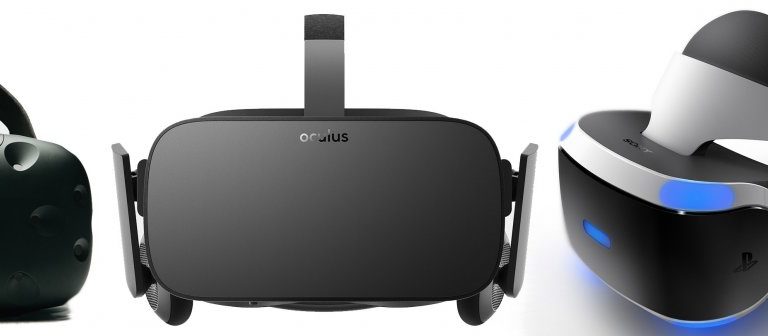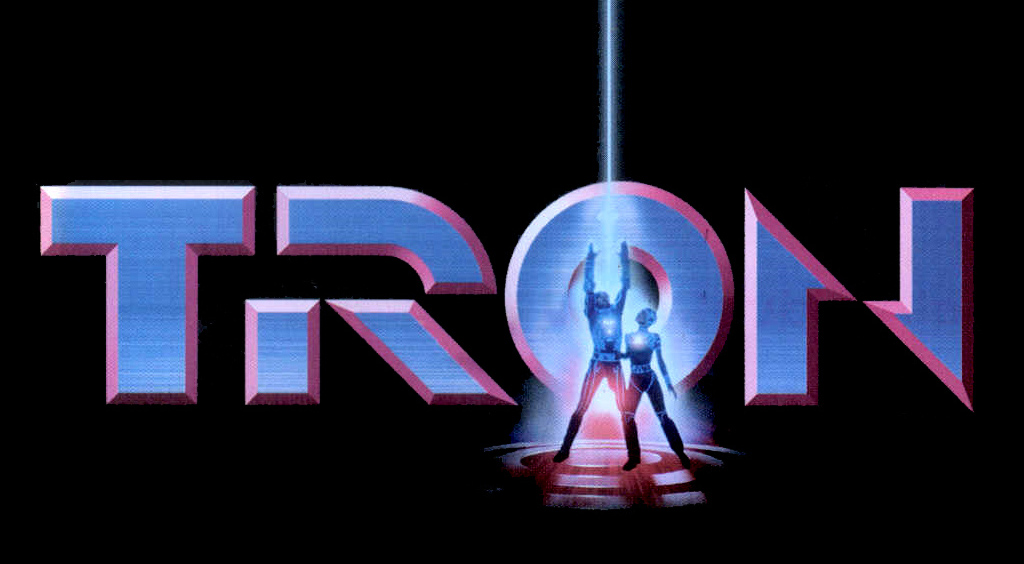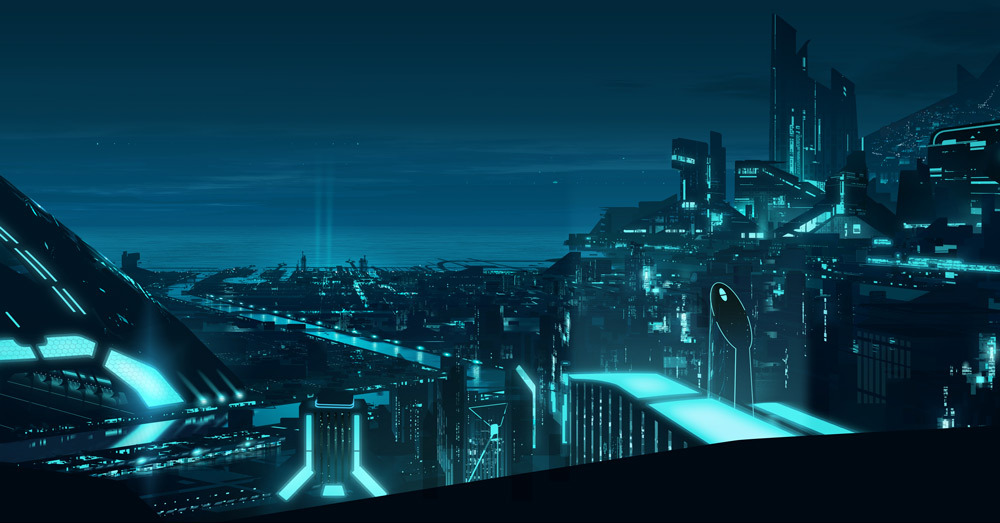Virtual Reality – Is the Virtual ever Real?

Following on from our thoughts on Virtual Reality a few weeks back (which you can find here), and given the massive resurgence of interest around Augmented Reality we’ve seen this week (#PokemonGo anyone?), we thought it was worth engaging in an in-depth look into debating the virtual and the digital. With the conversation often going back to the blur between the boundaries of the two and with VR being widely discussed this week by major news outlets like the Guardian (refer article here), I felt it necessary to dedicate some time over the next few articles to examine it’s history and the philosophy behind its popularity. Consider this the first in a series of two essential Sunday morning coffee readings.
Where does the boundary lie between the virtual and the real in debates on Virtual Reality & Virtuality?

The Digital Frontier
“The Grid. A digital frontier. I tried to picture clusters of information as they moved through the computer. What did they look like? Ships? motorcycles? Were the circuits like freeways? I kept dreaming of a world I thought I’d never see. And then, one day…I got in.” – (Tron: Legacy, 2010)
It wasn’t long ago we were surrounded by a confluence of progressive utopias/dystopias and space age environments in our movies, books, and games in the Eighties up until the Nineties. At a time, it even came to represent a milestone in our the calendrical and cultural point in existence. Which is why it shouldn’t be a surprise to anyone that the Noughties that followed was obsessively concerned with themes of technological paranoia, surveillance, technological/symmetrical warfare and lastly an AI apocalypse. The question now is, what will come of all this? Virtuality, especially when discussed in relation to transhumanism and the ultimate fate of humanity, has been really coming to the fore.
That’s right, nestled away between the cult classic cyber thrillers of the 80s and 90s Hollywood, the imaginary futurism of old Science Fiction and technophobia in pop-culture lay an attractive and very real post-human promise of the world beyond the metaphysical. One where the fate of humanity and technology has seemingly transcended and intertwined, allowing us to exist and manipulate information and data across realities. It’s not quite parallel universes, but rather a neo-evolutionist philosophical approach to our current state of being not far off from Donna Haraway’s hybrid of organism and machine. With the organism, in this case, inhabiting a virtual world or arena, thanks to the physical construct of a machine which aids in bridging the gap between us a new frontier of unperceivable possibilities. This in Virtual Reality is its relationship to the real. At least, on the surface anyway.

To truly understand what the relationship in question might be we need to examine the purpose of Virtuality, Virtual Reality and the Real in this context. Virtuality often attributed to the philosopher Gilles Deleuze is a philosophical concept that refers to an idealized version of our reality, with it considered as real as it is virtual. In his observance the theory of virtual and Virtuality has two aspects: The first describing virtual as a “surface effect” only produced as a result of causal interaction with the material i.e., Say when a Tablet or Touch screen display, outputs image that is either altered or caused as a result user interaction. However, this pseudo-tangibility is only perceived and nowhere in actuality, yet it is nonetheless real as it can be interacted with in a physical manner.
This scenario now leads to Deleuze’s second defining aspect of the virtual, that is its generative nature which is a kind of potentiality that becomes fulfilled in the actual. While It is still not considered material from a physical sense, it is still real as a contextual medium. Deleuze here identifies the virtual with a continuous multiplicity and relates it to Henri Bergson’s “duration” as “it is the virtual insofar as it is actualized, in the course of being actualized, it is inseparable from the movement of its actualization.” – (Deleuze, 1966)
The existence of VR alone from a philosophical perspective gives a lot of insight into humanity’s fascination with it and the reason why it came to be. From its conception, conversations surrounding it have been largely deterministic and futuristic, with VR development and studies in the field promising Virtual Reality to be a platform for progressive and utopian thought. Consequently, some of the biggest reasoning for the use and advancement of this technology to this day remains to be the fact that it seen as a fantastical escapism, a promise of a world with limitless possibilities and one where the construct of reality isn’t bound by our laws of physics. Jaron Lanier, one of the men who first coined the term ‘Virtual Reality’ sang praises of the technology being able to send us exploring across distant galaxies and flying through cityscapes.

“There are a few special things about Virtual Reality to keep in mind… it’s a reality in which anything can be possible… It’s a world without limitation, a world as unlimited as dreams. It’s also a world that’s shared, like the physical world […] as shared and as objectively real, as the physical world is […] like having a collaborative lucid dream […] like having shared hallucinations, except that you can compose them like works of art…” – (Lanier, 1993)
However, not everyone in the industry has responded with the same enthusiasm to contemporary Virtual Reality. Theorists like Kevin Robins label Virtual Reality to be a “consensual hallucination.” (Robins, 1996) and takes quite a negative approach towards the fantastical and escapism calling it a place we choose to hide from our realities despite knowing it’s a ‘false reality’. Robins also notes that despite having this false reality, which can at times be a place of creativity, that it is imperative for mankind to recognize the real world in which we live. Haraway, much like Robins also urges us to take a closer look at the origins of the relationship between the real and the virtual, however, she takes a much less conservative stance on what it means to engage with the non-organic.
She begins by talking about medicine and war in relation to her ‘Cyborg Manifesto’ and she points out both of these sectors of public are filled with cyborgs, both operating with the aim of keeping people alive. An observation she particularly keeps going back to in this section of her manifesto is that War, in particular, is a “Cyborg orgy” (Haraway, 1985), populated with technology that enhances and acts as an extension of us to create destruction. Which as readers of the piece, we know to be true as therein lies the true origins of Virtual Reality, with Edward Link creating the very first flight simulator (or Link Trainers) for the US Army to help train World Word II fighter pilots.
“it was the need to train increasing numbers of pilots during the second world war that produced the first electronic flight simulators’ […] ‘a US Navy defence contract that laid the foundations of computer simulation and real-time interaction systems” – (Woolley, 1992)
Fast-forward to now and you’ll find that same technology is still present and seamlessly woven the military’s recruitment program and is the basis of the US Army’s new VR controlled war machines. So while to the unassuming observer VR development may seem humane (thanks to its use in medicine) and beneficial (which it is), to understand these technologies better and the relationship they have to our physical world we have to realise that VR was, and still is developed and funded to be efficient killing machines. Having established that, Haraway then begins examining the Cyborg as a monster capable of fracturing the human-machine hierarchy. She goes into detail about this scenario in a plethora of negative connotations, however, her arguments are largely ironic as she uses it as a platform to theorise the relationships between dualities in our world right now i.e., organism/machine, physical/nonphysical.
Here she is using the example of light based technology and notes that so much of our technology is based around light (televisions, mobile phones and tablets) which makes it inhabit both the physical (real) and non-physical (virtual) plane, as such VR too falls into this category. This is where Donna Haraway’s focus on the acknowledgement of boundaries and identities becomes a defining factor in examining the relationship that VR presents between the real and virtual. It doesn’t have just one identity; Virtual reality has multiple identities as it is no less virtual than it is real. She further expands on this by saying we need to abandon and reject western dualisms, especially when we seek to discuss and understand the true relationship between the real/ virtual, organism/ machine.etc.
As such she uses the phrase “One is too few, but two are too many” and with technology, we have to be willing “trade our existence while we reject notions of Cartesian dualism and embrace those informatics and ways of being that.” – (Heckman, 2008). This as Katherine Hayles points out, is the source of post-humanity. This perfectly leads us onto next crucial part of the theory that channels her chapters on “Tool and Myth”, where she questions the separation between the physical and the non-physical comparing this to a permeable boundary.
So, When examining the relationship between the real and virtual, what causes us to dismiss one as less than real? Join us next time for a closer look at the Philosophy of Virtual Reality. Until then, I’ll leave you all with some essential reading to flesh out the gaps in your VR knowledge –
Bibliography & Other Essential Reading
- Deleuze, G. (1966). Bergsonism. New York: Zone Books.
- Haraway, D. (1985). A Cyborg Manifesto: Science, Technology, and Socialist-Feminism in the Late Twentieth Century. The Socialist Review.
- Haraway, D. (1991). Simians, cyborgs, and women. New York: Routledge.
- Hayles, K. (1999). How we became posthuman. Chicago, Ill.: University of Chicago Press.
- Heckman, D. (2008). A Small World: Smart Houses and the Dream of the Perfect Day. Durham: Duke University Press, p.160.
- Lanier, J. (1993). Music from inside virtual reality: The Sound of One Hand.
- Robins, K. (1996). Into The Image. London: Routledge.
- Tron: Legacy. (2010). [film] United States: Joseph Kosinski.
- Woolley, B. (1992). Virtual worlds. Oxford, UK: Blackwell.



